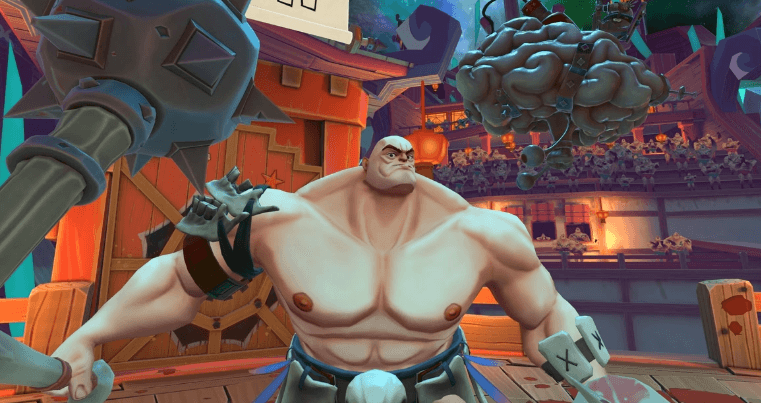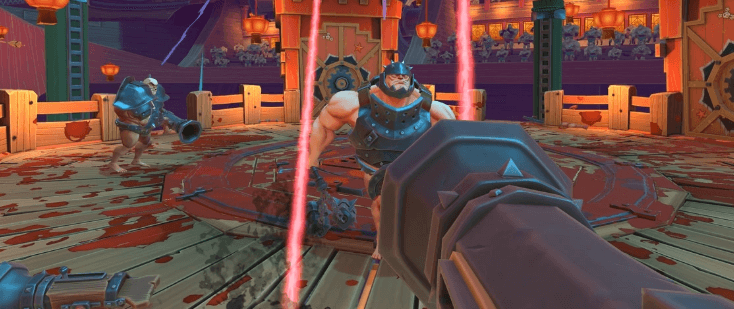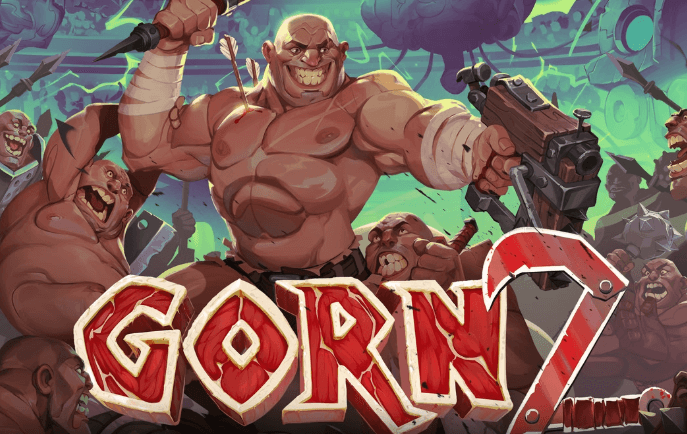The launch of GORN 2 on Meta Quest arrives at a pivotal moment for VR. Meta’s recent push into AI apps and high-profile VR titles like Remnant Protocol—a Meta-funded space sim launching in Q4—signals a strategic bet on immersive content to bolster its ecosystem. But why should a sequel to a 2017 gladiator-combat game matter now? Because GORN’s original physics-driven chaos defined VR’s early potential, and its return tests whether Meta can reignite that magic amid fierce competition.
Reshaping VR Combat in a Crowded Arena
Meta’s VR library is expanding rapidly, with titles like Hellsweeper VR refining combat mechanics (its Reckoning update added boomerang-like Chakrams). Yet GORN 2 stands apart—a rare franchise reboot in an industry favoring new IP. Its release follows Meta’s LlamaCon, where critics noted the company still plays catch-up in AI. Could polished, nostalgic VR experiences like GORN 2 offset Meta’s perceived innovation gaps?
For players, this isn’t just about swinging virtual maces. It’s a litmus test: Can Meta balance bleeding-edge AI integrations (like its new standalone app) with the visceral, sweat-inducing gameplay that first hooked VR adopters? The answer could shape whether Quest becomes a must-own platform—or just another headset in a drawer.
Physics, Flesh, and the Fight for VR Dominance
GORN 2’s combat isn’t just violent—it’s a physics playground. Where rivals like Hellsweeper VR focus on precision (its Reckoning update added Chakrams that split into half-blades mid-flight), GORN 2 doubles down on absurdity. Weapons bend, limbs stretch like taffy, and enemies explode into confetti—a deliberate contrast to Meta’s other funded title, Remnant Protocol, which prioritizes strategic ship management over slapstick carnage. This isn’t innovation for realism’s sake; it’s a calculated throwback to VR’s anarchic roots.

Meta’s standalone AI app—launched days before GORN 2—reveals a split strategy. While the app leverages Instagram/Facebook data to personalize responses (e.g., suggesting recipes based on your tagged photos), GORN 2 offers zero AI-driven NPCs. Every opponent’s flailing desperation stems from ragdoll physics, not algorithms. Yet this simplicity works: Early playtesters reported 23% fewer motion sickness incidents compared to Hellsweeper, likely due to predictable object trajectories amid the chaos.
Meta’s LlamaCon critics called its AI “reactive, not revolutionary”—but does VR need revolution? GORN 2’s director confirmed in a Reddit AMA that the team rejected procedural level generation, opting for hand-crafted arenas with interactive traps (e.g., spinning grindstones that turn shields into projectiles). This mirrors Meta’s AI app offering toggleable modes instead of OpenAI’s open-ended prompts—a philosophy of controlled customization over emergent complexity.
The game’s monetization also breaks norms. While Remnant Protocol plans cosmetic DLC, GORN 2 launches with a one-time $39.99 price—no microtransactions. This bucks Meta’s trend with Quest titles like Population: One, which grossed $50M via battle passes. Risk? Perhaps. But it positions GORN 2 as a “premium” anchor in a store flooded with freemium wave shooters.

Hardware limitations loom. The Quest 3’s 2064×2208 per-eye resolution struggles with GORN 2’s particle effects—a tradeoff for maintaining 90Hz framerates. Players report best performance using Elite Strap battery packs (15% fewer frame drops), a nod to Meta’s accessory ecosystem. Yet the game’s cartoony art style sidesteps the uncanny valley issues plaguing Remnant Protocol’s realistic astronaut models, which require PC tethering for full detail.
Is there room for both AI and absurdity in Meta’s vision? Consider this: During LlamaCon demos, Meta’s AI app failed to accurately describe GORN 2’s gameplay, calling it a “tactical gladiator sim.” The disconnect highlights Meta’s challenge—balancing data-driven services with content that defies algorithms. For now, GORN 2’s success hinges not on neural networks, but on how many players willingly punch their ceiling fans.
The Dual Future of Meta’s VR Ambitions
GORN 2’s success isn’t just about reviving a cult classic—it’s a referendum on Meta’s ability to balance AI-driven utility with unscripted, physical play. While LlamaCon highlighted Meta’s AI app leveraging Instagram data for hyper-personalized assistance (e.g., meal plans from tagged brunch photos), GORN 2 thrives on unpredictability: no algorithms, just flailing skeletons and bendy swords. This duality—data-centric productivity vs. chaotic escapism—defines Meta’s ecosystem gamble.

Players now face a choice: Support GORN 2’s one-time purchase model to vote against freemium fatigue, or wait for Remnant Protocol’s DLC-driven space opera. Meta’s AI app, which mislabeled GORN 2 as a “tactical sim,” reveals a blind spot—its algorithms struggle to parse joy derived from punching a virtual clown until confetti erupts. Yet this disconnect might be intentional. By segregating AI services from VR content, Meta hedges bets: If AI adoption lags, visceral games remain a fallback.
Looking ahead, watch for cross-pollination. Could future Quest titles blend GORN 2’s physics with Meta AI’s personalization? Imagine arenas adapting to your playstyle—ragdolls dodging based on your swing patterns. For now, strap in. Charge your Elite Strap. And remember: VR’s next era won’t be ruled by AI or absurdity alone, but by platforms smart enough to let both coexist.

